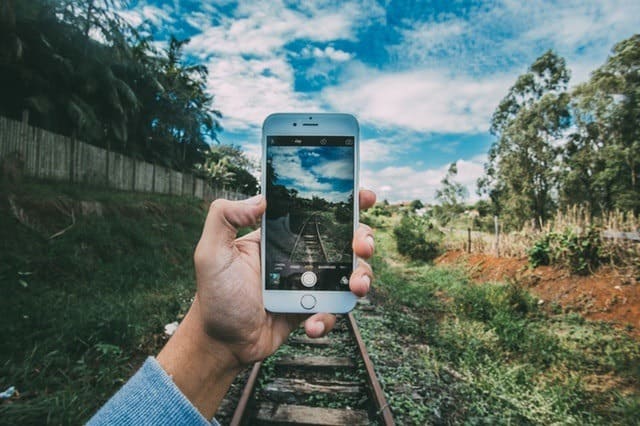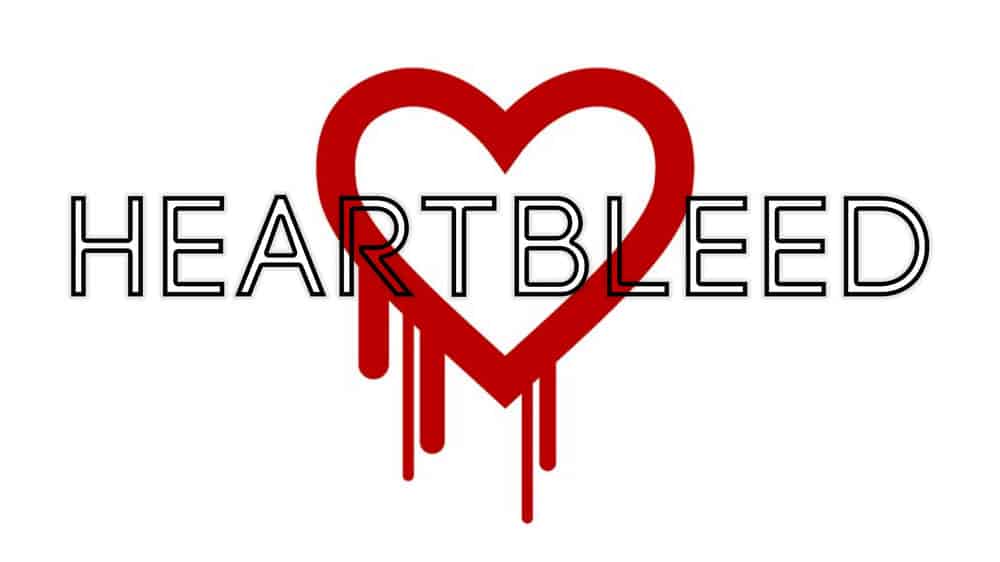Nature offers a peaceful retreat from the stresses of a hyperconnected life — but you might not want to leave your smartphone behind. Using tech may feel out of place on the trail to some hikers, but others see it as a sort of digital Swiss army knife and the next logical step in any hiker’s quest for lightweight, versatile gear. Used properly, your mobile device can replace a guidebook, flashlight, printed maps, a compass, and more. It can also save your life.
Safety
The most obvious use of a cell phone on the trail is to call for help if you get into trouble. But, what if no coverage is available in your location? Most phones can make emergency calls even in areas with a very low signal, and responders may be able to track your location from your phone in order to find you. There are also circumstances where features like Wi-Fi calling might help, such as in the SnowShoe, West Virginia, area. Cellular services there are blacked out due to the Green Bank radio telescope observatory, but Wi-Fi is plentiful in the restaurants, pubs, and other locations that surround the hiking trails.
Navigation
Even when you don’t have a signal, your phone’s GPS can still guide you. A $20 app like Gaia can eliminate the need to buy — and carry — a separate GPS device on long trails around the world. Check out The Expert Vagabond’s tutorial on how to use the app without a signal, and how to preserve your phone’s battery life while using it so you can hike for days without recharging.
Trail Information
Apps like AllTrails and TrailTrackerGPS are changing the way hikers research and map trails. These apps help you find trails near you that meet your needs and crowd-share information about them with your peers. The apps can replace guidebooks and printed maps, significantly reducing the weight of your pack. They can also help you find water, campsites, and the best views along the way. Hiking apps typically combine maps with photos of spots along the trail, so you can easily orient yourself at any point. Make sure your app is set up for offline access or you’ve downloaded the info you need before you hit the trail.
Tools
Your smartphone can substitute for an emergency flashlight in case you don’t make it back before dark. Download a free compass app for your phone or bring navigation compass – Globo Surf for your use and leave your bulky compass at home. Unless you’re a serious photographer, there’s no need to carry a separate camera when that functionality is built into your phone. If you’re hiking with a friend or group and need to separate, your phones can also act as walkie-talkies, provided you all have a signal.

Geocaching
Geocachers used to dream of live maps and real-time downloads of geocaches, and smartphones have brought those dreams into reach. A geocaching app on a phone with strong GPS hardware can search, list, and log geocaches anywhere there is a signal. C:geo is the oldest app in the business, and was the first to enable real-time geocaching. CacheSense and Neongeo are newer players that are also very popular in the geocaching community.
The Need For Power
Although most of the changes smartphones are bringing to the trail are positive, one is a nuisance. As hikers become reliant on their phones, preserving and recharging phone batteries have become essential. You can conserve power by switching your phone into airplane mode except when you’re actively using a signal. Be sure to close any app you aren’t using, especially if that app might be tracking your location. If you’re through-hiking, you will eventually need to charge your phone. Carrying a power bank is the easiest option for short trips, but solar and hand-cranked chargers are also available for longer treks.
Although hiking with technology might seem counterintuitive, your phone can be as useful on the trail as a pocketknife and even more versatile. Pack your phone with the right apps, and you can leave an entire sack of other tools behind.



